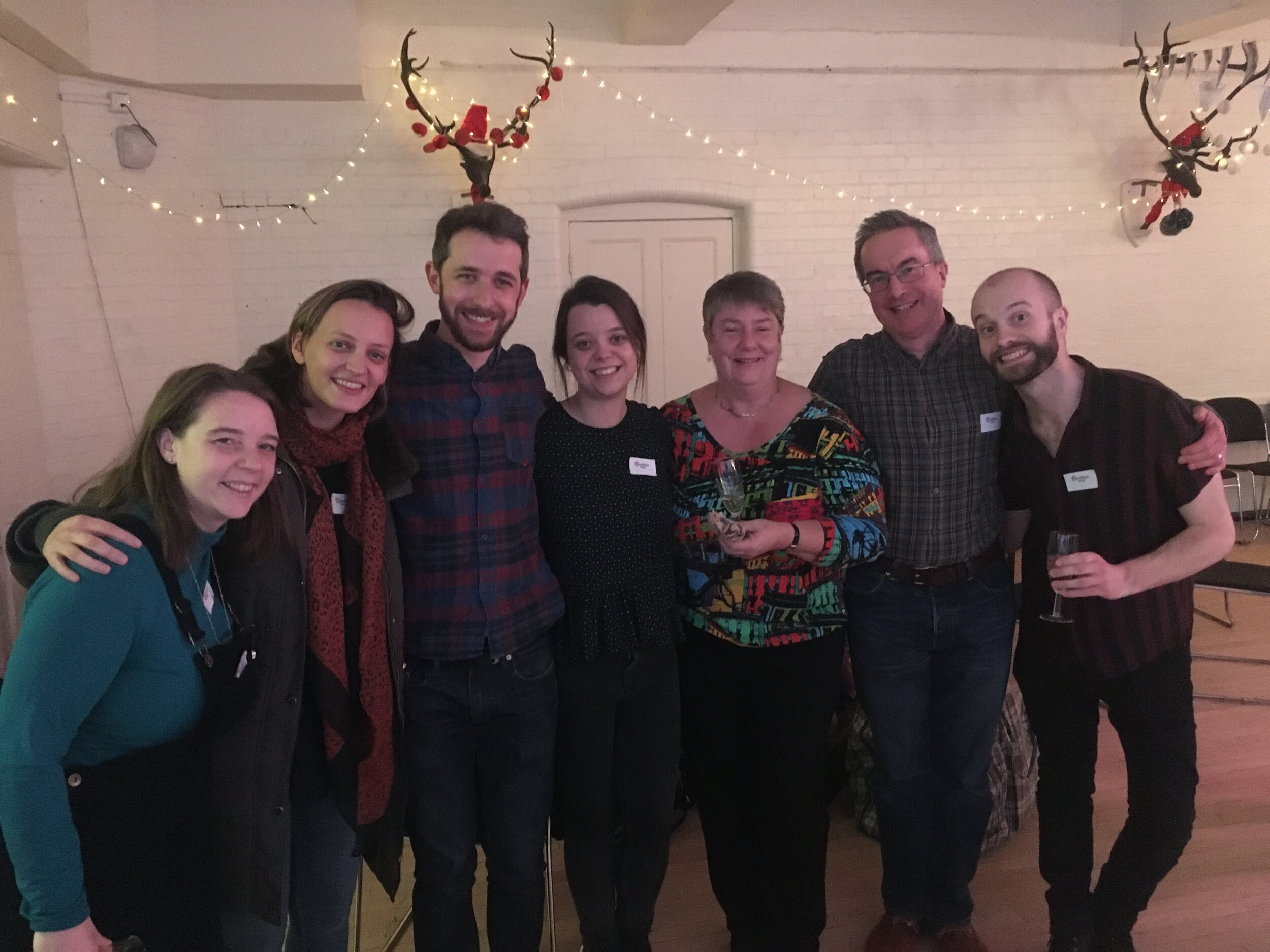Being autistic is a young musician’s superpower – and with the right level of support, guidance and opportunity, they can thrive.
In the UK, an estimated 700,000 people have a diagnosis of autism, with one in 100 of those being our young people.
Also known as ASD (autism spectrum disorder), ASC (autism spectrum condition) and Asperger’s (or Asperger syndrome) – often used to describe autistic people with above average intelligence – autism isn’t a medical condition, it just means that your brain works in a different way to ‘neurotypical’ people. It exists on a spectrum, so everyone with autism is different; some may need little or no support, whereas others require daily help from a parent or carer.
Famous musicians with autism, or thought to have had autism, include Britain’s Got Talent winner, Susan Boyle, Aphex Twin’s Richard James, singer-songwriter James Taylor, rapper Eminem and multi-instrumentalist, Ladyhawke, to name but a few – not to mention the late great composers, Mozart and Beethoven.
At Orchestras for All, we celebrate each and every one of the young people in our diverse, music-making family – this means championing autistic members as well as those who may be living with a physical disability, learning difficulty or mental health condition.
Recent case studies from the National Autistic Society have also shown just how powerful and effective music therapy can be for autistic musicians, having a positive impact on their overall wellbeing and development as well as providing a unique way to connect. So, here we share just a few ways you can support autistic musicians in your youth orchestra…
1. Be aware of your environment
With autism, everyday sensory information is processed differently. Some people can be oversensitive to the senses, while others can be undersensitive or have a mixture of the two.
During your orchestra rehearsals and live events, avoid the use of fluorescent or strobe lighting to minimise the risk of epileptic seizures, provide earplugs if needed, shut doors and windows to reduce external sounds, and prepare a young person in advance if you plan to visit noisy or crowded places. Making the environment as fragrance-free as possible and allowing your musicians to rehearse in clothes they feel comfortable in can also be helpful.
National Orchestra for All’s Wellbeing Lead, Elli, and her son Lucas, an autistic trumpet player, told us: “People with autism may move around or fidget – do not assume this a sign of boredom or disengagement but a way of staying focused. While some will enjoy loud music, they may find other loud sounds (like people shouting) difficult, and many prefer to sit on the end of a row.”
Credit: RuiYing Wang, Royal Northern College of Music
2. Set up quiet spaces
Always ensure there is a quiet room for your orchestra members to take a few moments out, should they need a quick break to relax. If available, rooms with little clutter and a green, blue, pink, soft orange or neutral interior can be particularly comforting, and you may wish to consider playing soothing sounds.
Whether you’re holding a rehearsal, at a concert venue or meeting with your young people somewhere externally, these designated areas of calm can be extremely helpful if your autistic musicians are feeling overstimulated, providing them with a safe space to manage their senses before returning to the group.
3. Structure is crucial
Wherever possible, try to establish a regular routine and provide structure. Share any schedules well in advance, letting your young musicians know what time rehearsals will start and finish as well as timings for any upcoming events and when members can eat or take a break.
Staying consistent makes your activity more predictable for those with autism, and using visual cues can also be helpful.
4. Be friendly and approachable
For many autistic people, social interaction and developing new friendships can often feel like a struggle, so having a positive team of staff on hand – perhaps even a wellbeing team, like at Orchestras for All – can be reassuring for those dealing with anxiety and uncertainty.
Always lend an ear if needed and consider arranging for a chaperone to accompany autistic orchestra members to, and during, your live events, helping them to find their way around a new venue or relax them in unfamiliar social situations.
5. Communication is key
Try to be direct in your communication, giving short, concise instructions to ensure your autistic musicians clearly understand what is required of them and provide 1:1 explanations if needed. Avoid the use of sarcasm (which can be hard to pick up on) and relying too heavily on facial expressions or body language.
Offer multiple ways for young people to provide feedback – while verbal communication might be easy for some, others may prefer to share their ideas in written form or recorded as a video or audio clip.
You could also help by breaking down musical activities into small, easy-to-manage steps, providing coloured filters or sheet music printed on coloured paper, and using the ‘arm’s-length rule’ to judge personal space when interacting.
6. Create an inclusive culture
At Orchestras for All, fostering a culture of music-making that is free of judgment is important to us. We’ve seen firsthand through our three life-changing programmes just how powerful this can be, increasing levels of productivity and allowing young people to confidently express themselves with tutors as well as neighbours in their section.
Welcome musicians into your ensemble from diverse backgrounds, who are of mixed ability and play any instrument (alongside those traditionally found in an orchestra), and implement inclusive recruitment strategies for staff to help young people relate to those around them.
7. Remember, each musician is truly unique
Finally, despite some of the barriers that autistic people may face, there are so many valuable gifts and inspiring qualities that can come with neurodiversity.
National Orchestra for All’s Wellbeing Lead, Elli, said: “Young people with autistic spectrum disorders have extraordinary minds. Many have an exceptional talent for music. I have had the privilege of working with autistic young people for many years and continually see strengths and abilities that make them great musicians.
“These include memorising and learning information quickly, thinking and learning in a visual way, being precise and detail-orientated, exceptional honesty and reliability as well as being dependable – especially with schedules and routines. They also have a drive for perfection and order, along with a strong capability for alternate problem-solving and a rare freshness and sense of wonderment.”
We believe that being autistic is a young musician’s superpower – and with the right level of support, guidance and opportunity, they can thrive. So, continue to nurture your autistic peers; your youth orchestra will be much richer for it.
For further information about autism, or if you are autistic and would like to find the right support, the NHS website shares a wide range of resources – from local groups and charities, to social media forums.
To empower aspiring young musicians across the UK, please donate today >











































